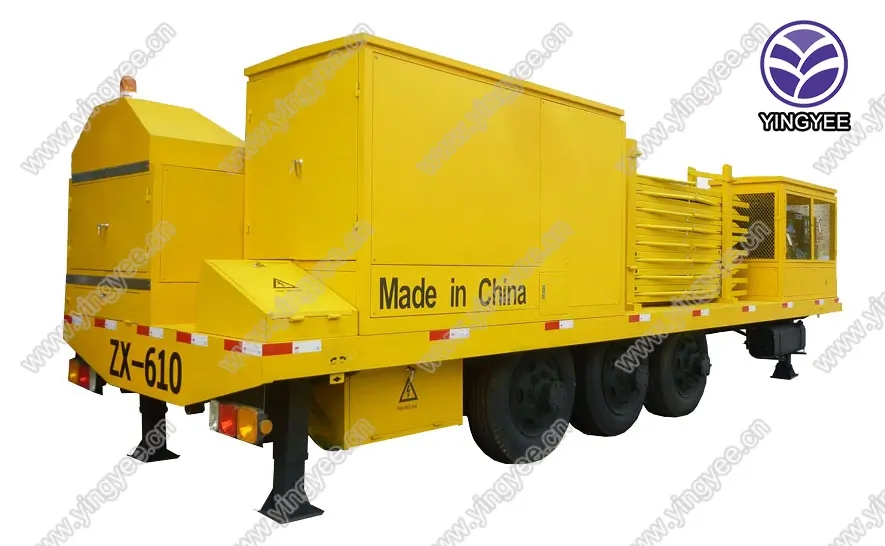
The Advancements of Stud and Track Ceiling Forming Machines
In the world of construction and interior design, efficiency, accuracy, and quality are paramount. One of the most innovative tools to emerge in this sector is the stud and track ceiling forming machine. This machine has revolutionized the way builders and contractors approach the installation of ceiling systems, allowing them to create a precise framework that supports various ceiling styles while reducing labor costs and time.
Understanding Stud and Track Systems
Stud and track systems are essential for constructing drywall ceilings. The 'stud' refers to the vertical members, while the 'track' consists of the horizontal components used to hold the studs in place. This system is widely favored for its versatility and strength, providing an excellent base for various ceiling finishes, including acoustical, drywall, and decorative options. Traditionally, these components were cut and shaped manually, which often led to inconsistencies and slower installation times.
The Role of Ceiling Forming Machines
Stud and track ceiling forming machines automate the production of these critical components. These machines are designed to roll-form steel or metal into precise shapes needed for both studs and tracks. By utilizing computer-controlled technology, users can achieve a high degree of accuracy, ensuring that each piece conforms to the required specifications.
One of the key benefits of using a stud and track ceiling forming machine is the significant reduction in waste. Traditional methods often resulted in scrap materials due to imprecise cuts or measurements. In contrast, these machines efficiently use materials, cutting down on costs for contractors and minimizing environmental impact.
Features and Benefits

Modern stud and track ceiling forming machines come equipped with a variety of advanced features. Many provide programmable settings that allow operators to customize the dimensions of the studs and tracks according to specific project requirements. This level of customization is particularly beneficial in projects where space constraints or design specifications are a concern.
In addition, these machines often incorporate safety features that protect operators from potential accidents during the manufacturing process. Automatic shut-offs, protective shields, and user-friendly interfaces contribute to a safer working environment, making these machines an asset on any job site.
Another essential advantage is the speed at which these machines can operate. While manual methods may take hours or even days to produce what a forming machine can create in a matter of minutes, this efficiency accelerates the overall construction timeline. Consequently, contractors can move to the next phase of their project much more quickly, improving turnover rates and allowing them to take on additional work.
Economic Impacts
Investing in a stud and track ceiling forming machine can offer substantial economic benefits. The initial outlay for purchasing such machinery can be offset by the long-term savings in labor costs and material efficiency. Furthermore, with the ability to produce framing elements on-site, contractors can respond to changes in project needs without delays, reducing the risk of project overruns and enhancing client satisfaction.
Conclusion
The stud and track ceiling forming machine epitomizes the advancements in construction technology, combining efficiency with accuracy to meet the demands of modern building projects. As construction continues to evolve, tools like these will play an increasingly important role in shaping the future of interior design and construction practices. By minimizing waste, enhancing safety, and accelerating production times, stud and track ceiling forming machines are paving the way for innovative approaches in the building sector, ultimately leading to a more sustainable and efficient industry. Whether for small renovations or large-scale projects, the incorporation of this technology is likely to become a standard practice, heralding a new era in construction fidelity and environmental responsibility.